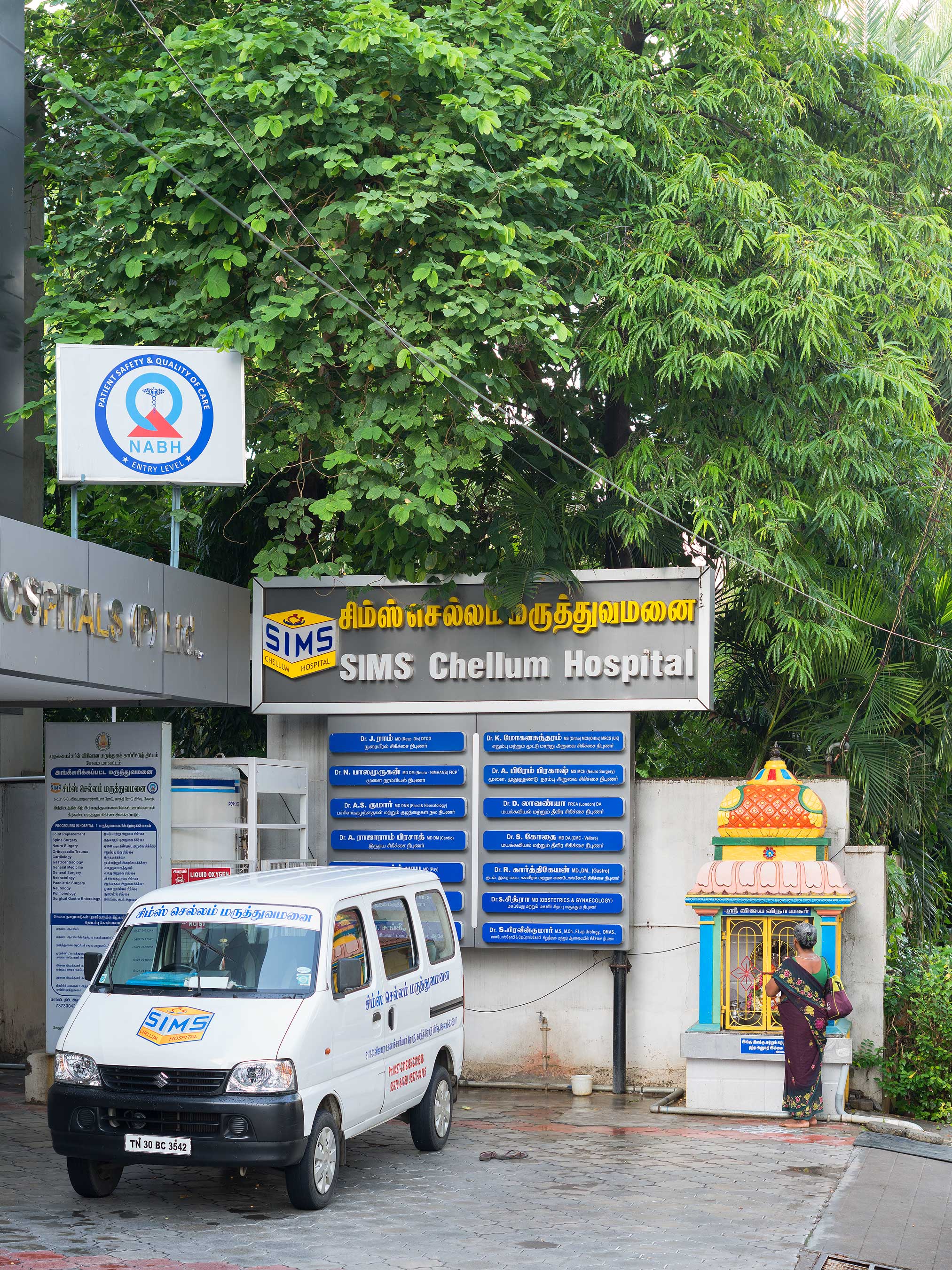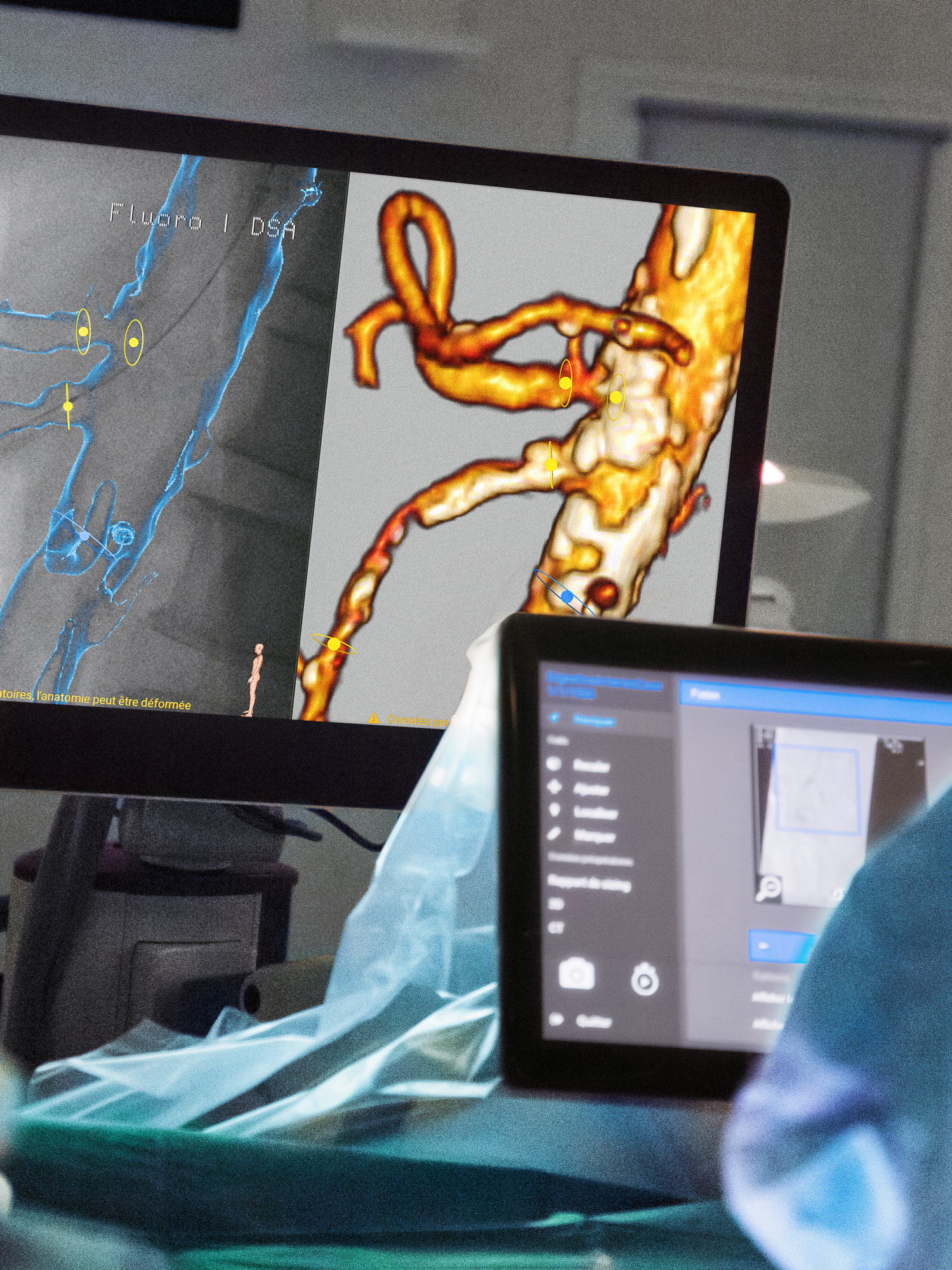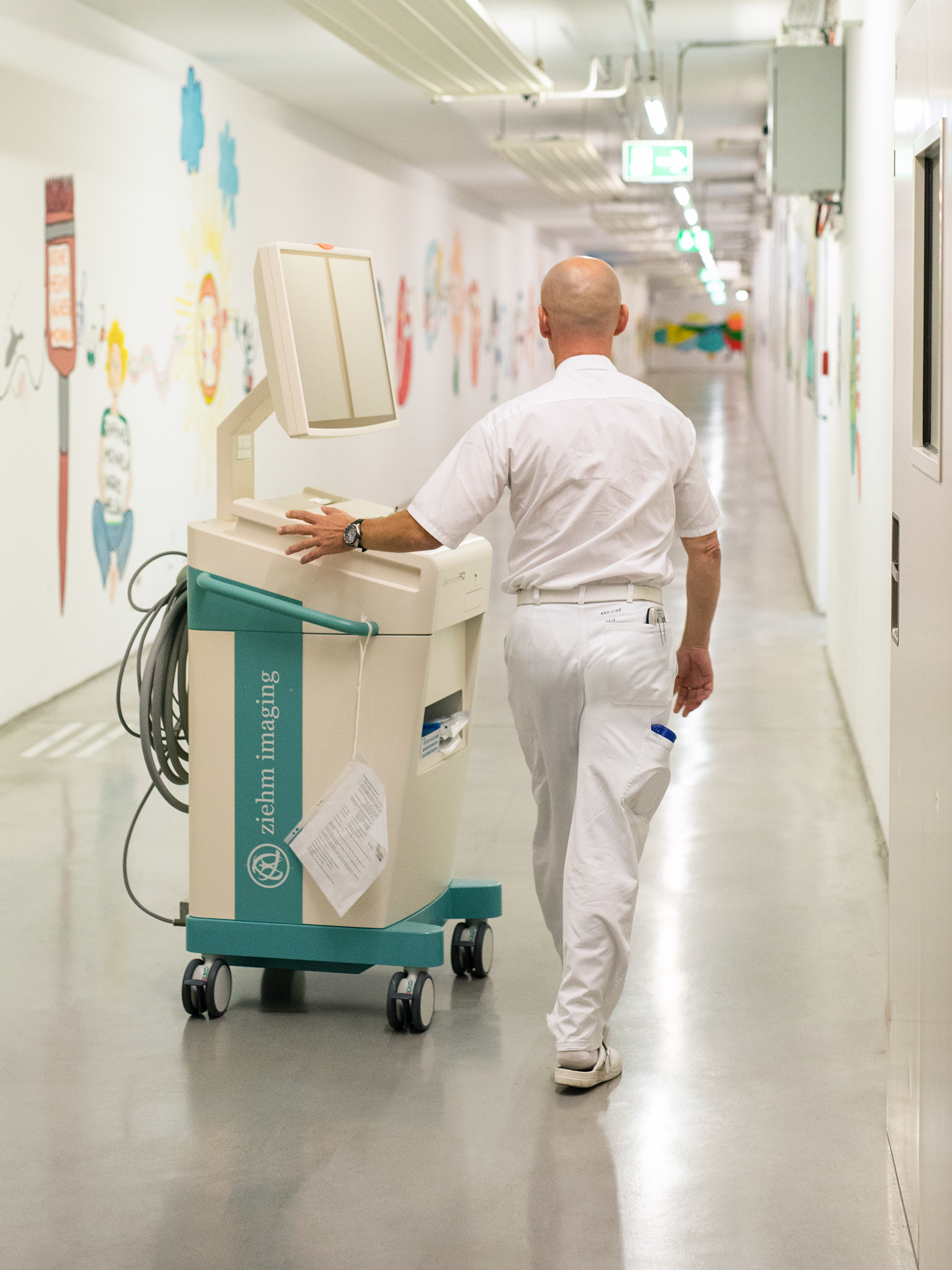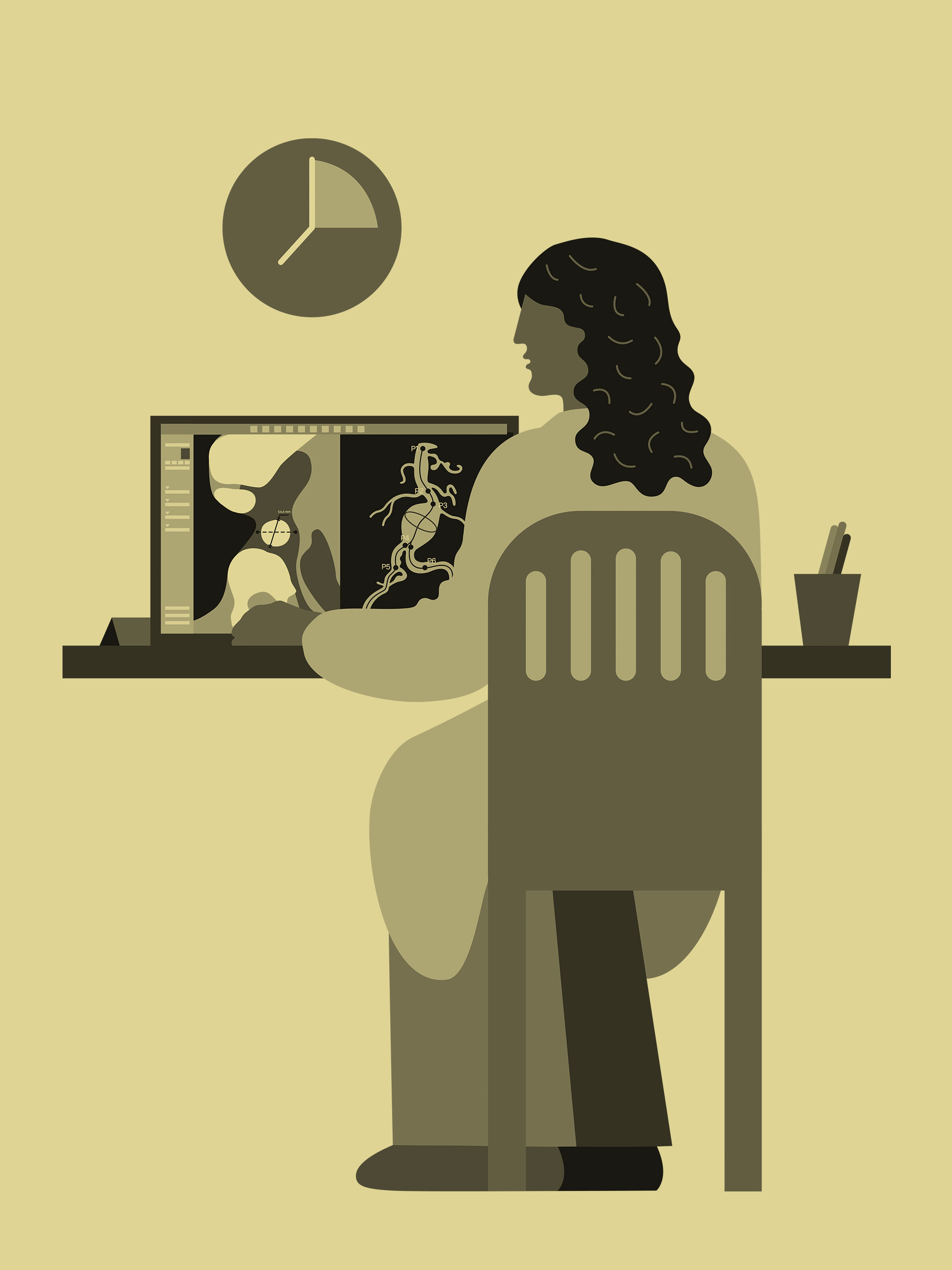Before the
first cut
Photos
Juli Sing

Many employees of Rikshospitalet in Oslo come to work by bike, a result of a successful urban policy that invests a great deal in cycling routes. Norway is also setting standards in health policy: There are 18 doctors and nurses per 1,000 residents - the most in Europe. These well-educated nurses form the backbone of the system in the Department of Orthopedic Surgery. Every day they organize the schedule of events, operate medical technology, and take care of patients.
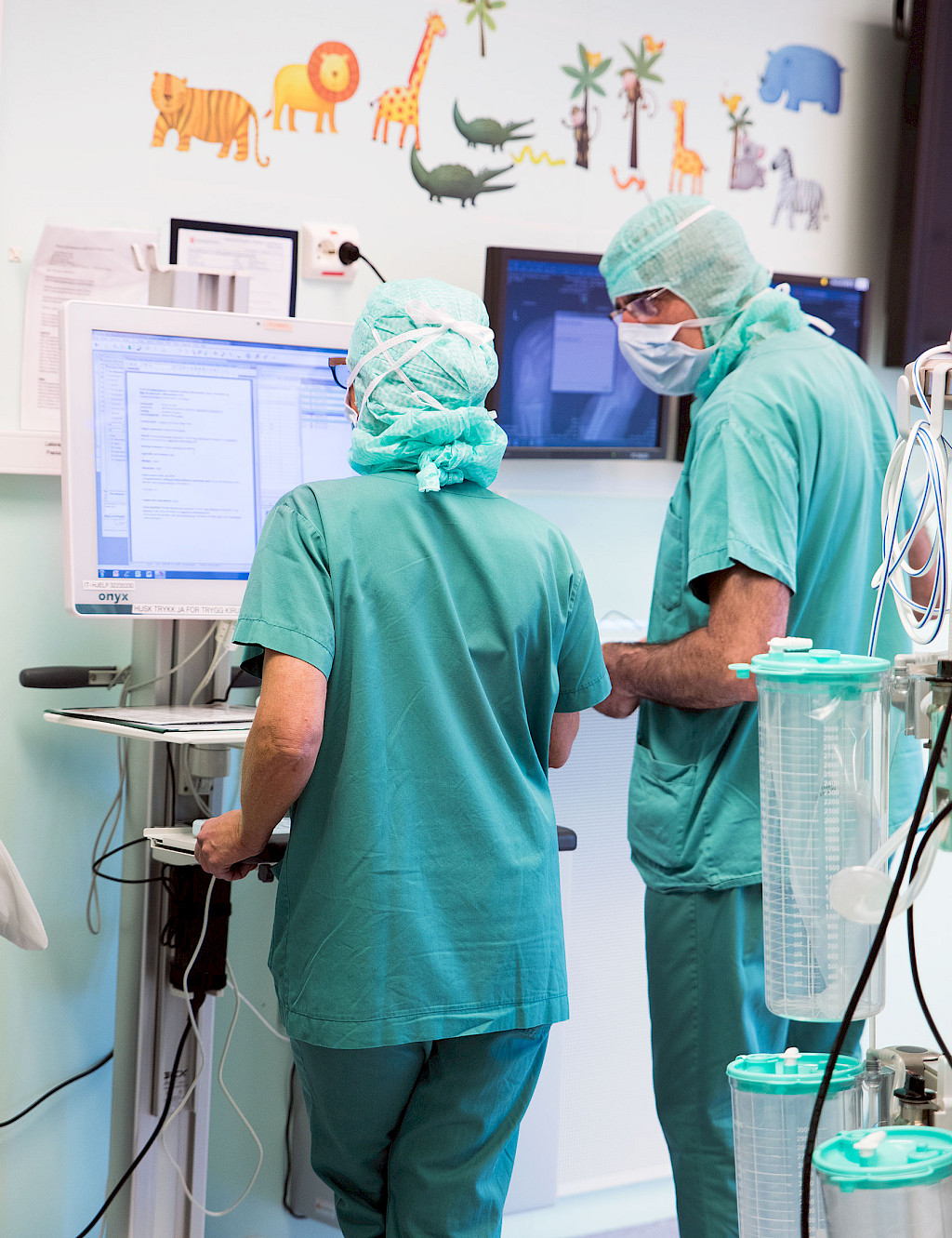
In 2017, the United Nations published the Human Development Index, which assesses the life expectancy, the level of education, and the income of the residents in various countries. The higher these three factors, the higher the index value. Norway, one of the smaller countries in Europe, is in the top spot. Norway has been and remains a textbook example for healthcare when it comes to its 5.34 million residents. And this despite the country’s challenging geography: The thinly settled northern section of the country needs the same quality of medical care as the populous region around Oslo, the capital city. In addition, the weather conditions sometimes cause difficulties as does the poorly developed infrastructure outside of the metropolitan areas.
Healthcare in Norway:
The role of hospitals
Norway deals with these challenges with a well-developed network of general practitioners, who are the first point of contact for patients with any type of symptoms. In contrast, hospitals represent central hubs where patients can go for treatment both in acute situations and for scheduled, routine operations. Norway’s most important treatment center is the Oslo University Hospital (OUH), the largest hospital in Scandinavia. The OUH is an emergency clinic for all of eastern and southern Norway, covering a large majority of Norway’s population.
The Orthopedic Clinic has nine operating rooms at Rikshospitalet where more than 150 types of surgical procedures are performed using various methods. The department focuses on pediatrics, hand surgery, and spinal surgery. Nearly 30 OR nurses and assistants take care of the patients here and attend to the schedule of events and medical technology.

Heidi Garberg is the department’s head OR nurse. She has been a nurse for over 25 years and, following stints in the army, in sterile services, and as an internal auditor, she has returned to the operating room. “In the end, a hospital ward is a large logistics enterprise,” says Heidi. The precise planning of the preparations for an operation is critical. For example, every day, together with the doctors, she determines which mobile X‑ray machine will be needed when and where. Each physician has certain preferences and favorite systems, she notes. “The hand surgeons, for instance, prefer a compact system such as the Ziehm Solo FD,” says Heidi. Whenever possible, she attempts to satisfy the surgeons’ individual preferences.
Medical technology:
Lightweight, compact, manoeuverable
If you walk down the corridors that connect the individual operating rooms, it quickly becomes clear how important mobile X‑ray systems are to intraoperative procedures because C‑arms are parked on both the left and the right, waiting for their next use or a professional cleaning. There are five systems with various equipment available for orthopedic surgery alone. A crucial criterion is the compactness of the devices, which have to be easily maneuverable but, at the same time, not take up too much space.
Heidi’s colleague Trude Rosvold, an OR nurse who has management responsibilities, gives the nursing team the schedule each morning. She coordinates the staff and equipment in the various operating rooms and even, if necessary, moves the X‑ray systems herself to wherever they are currently needed. “We have numerous instruments and systems that not only cost a great deal of money, but also have to be prepared according to detailed specifications. After all, an operation starts long before the surgeon makes the first incision. For us, it starts hours earlier, when we begin the preparations,” Trude explains.
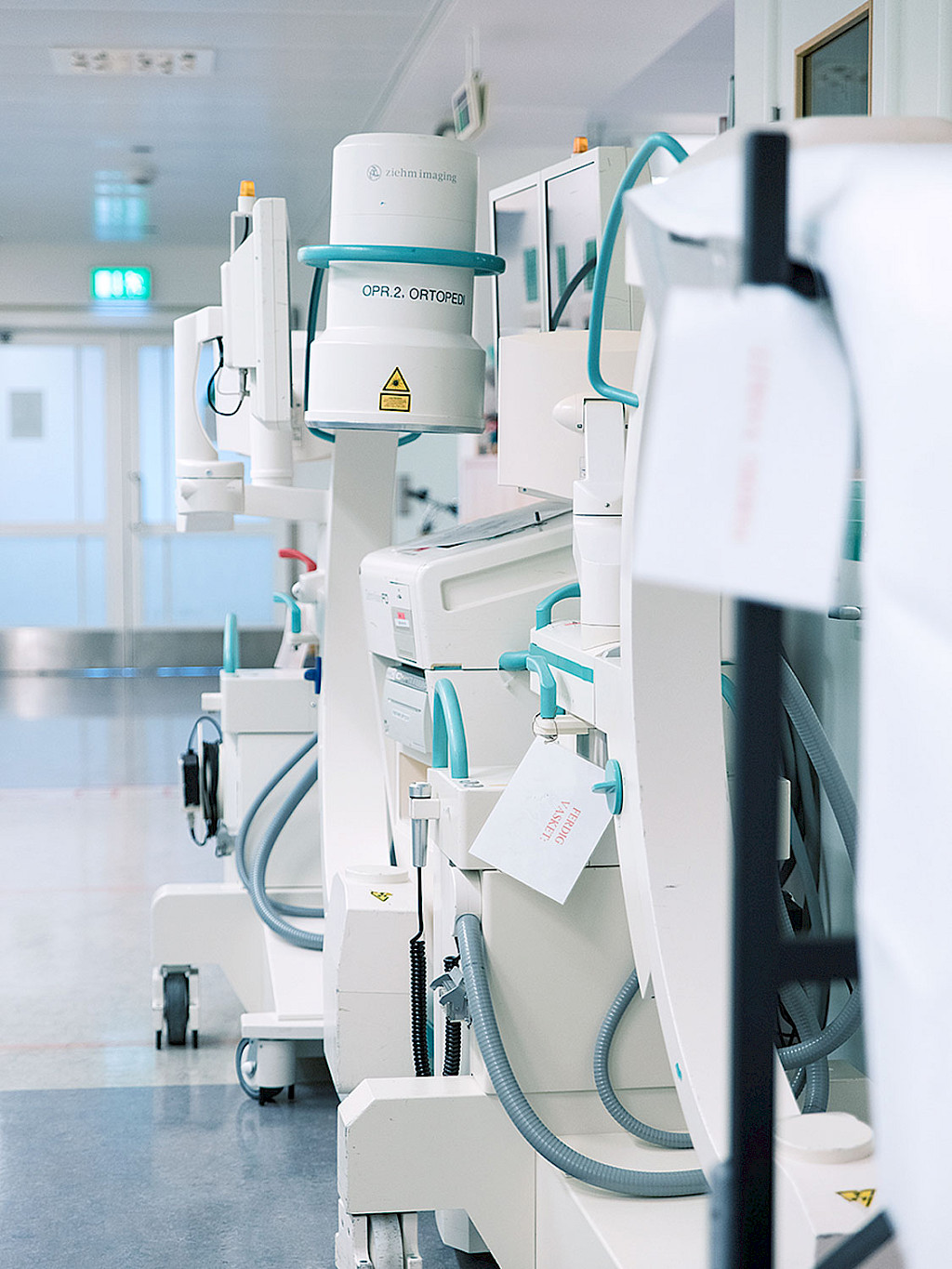
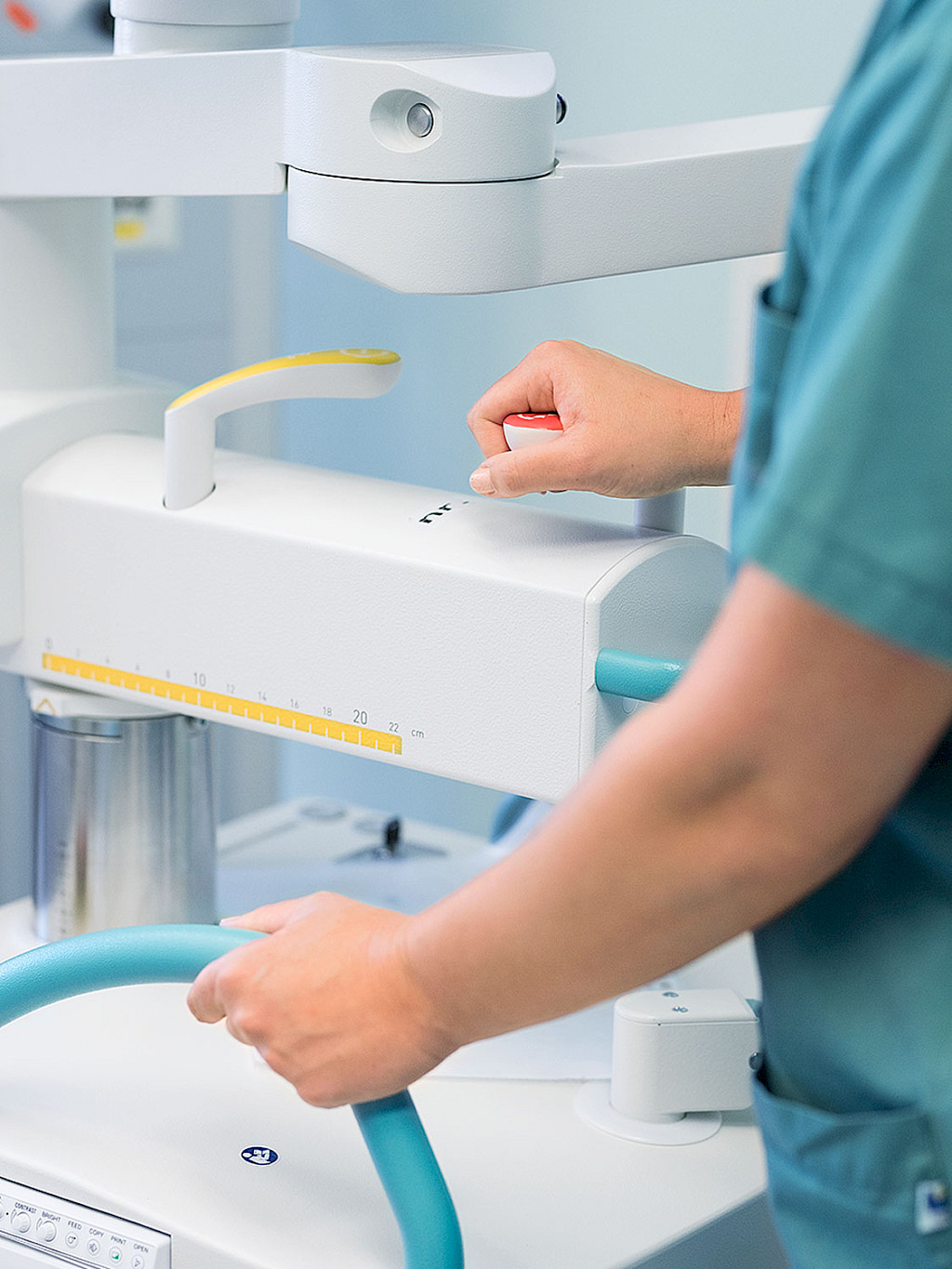
For this reason, there’s a lot going on already in orthopedic surgery at seven in the morning. The corridors are full of nurses and assistants, who are preparing all of the operating rooms for the procedures. “The OR nurses are on their feet for hours every day doing hard, physical labor. That’s why it’s so important to us that the C‑arms can be so easily integrated into our daily schedule. And we mean light in the most literal sense: We love our C‑arms because they are flexible and easily maneuverable,” says Trude.
When the preparations are finished, the OR staff run the mobile C‑arms during operations. The physicians have to be able to rely one-hundred percent on the nursing staff’s knowledge of the system, so they not only have to learn about and practice using the highly technical equipment, they also have to be able to prove their skills.
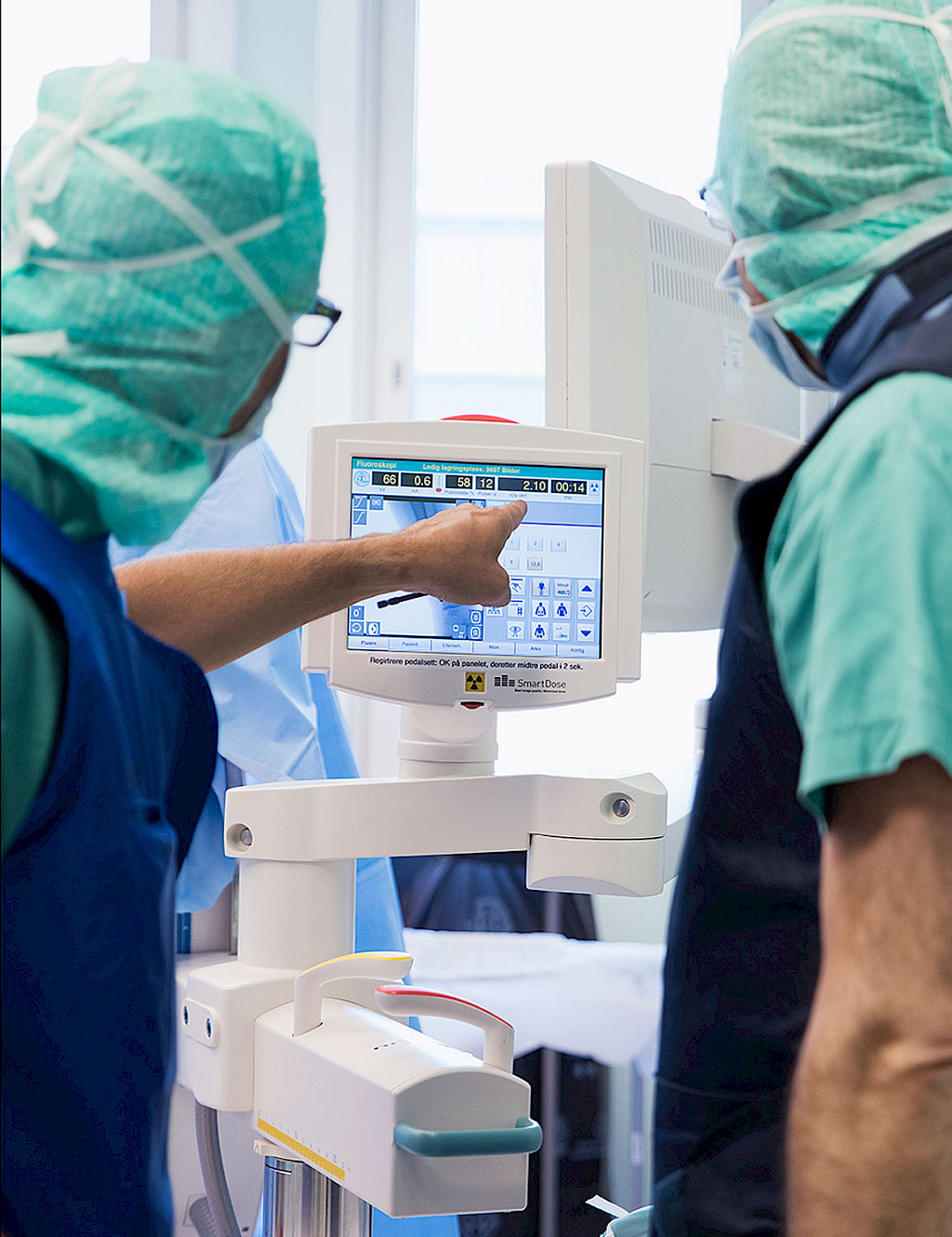
Jorunn Hommelstad is responsible for the initial and advanced training of the OR nurses. In her office are endless rows of binders that hold certificates and documentation. In order to be allowed to work with the C‑arm in the operating room, the nurse or assistant must complete in-person as well as online training to learn how to handle the equipment properly. In a test, Jorunn assesses both the results of the training and system manual knowledge. Those who cannot answer the questions must take the training again. “We have also developed a short summary of the best tips and tricks. Because all of the Ziehm Imaging C‑arms have the same user interface, the OR staff only has to be trained on one system. If you understand one, you understand them all. Of course, that makes our work much easier,” says Jorunn.

In addition to preparing the operation rooms and dealing with the devices, the OR nurses and assistants are primarily contact partners for patients and relatives. In comparison with the rest of Europe, this allows a very high ratio of OR nurses to patients in Norway. For this reason, the OR staff has more time to take care of the needs of individual patients. Especially in the ward for orthopedic surgery, where operations are performed on even the youngest patients, it is important to take time with the children and their relatives.
Well-trained operating room staff:
The key to excellent patient care
The Norwegian healthcare system supports an intensive relationship between nursing staff and people. Because of the national healthcare system, the pressure regarding performance and cost is lower; there is hardly any competition among hospitals for patients. This allows the nursing staff to invest more time in each person’s situation. And that’s important to Trude as well, who has experienced many departments and hospitals in her long career. But one thing has always stayed the same: “Being an OR nurse is a fantastic, but very demanding job. Our nursing staff has had the best training; they must not only be precise, structured and reliable in their work, but also physically fit. In the end, we can never forget that it’s all about the people. People who are in extraordinary situations and who are afraid. And this is exactly the tension that makes our everyday work so exciting. It’s always different and there’s always something going on.”
More information on Oslo University Hospital
More information on Ziehm Solo FD
—
This clinical story was published in issue 3.
Download issue 3 as PDF
